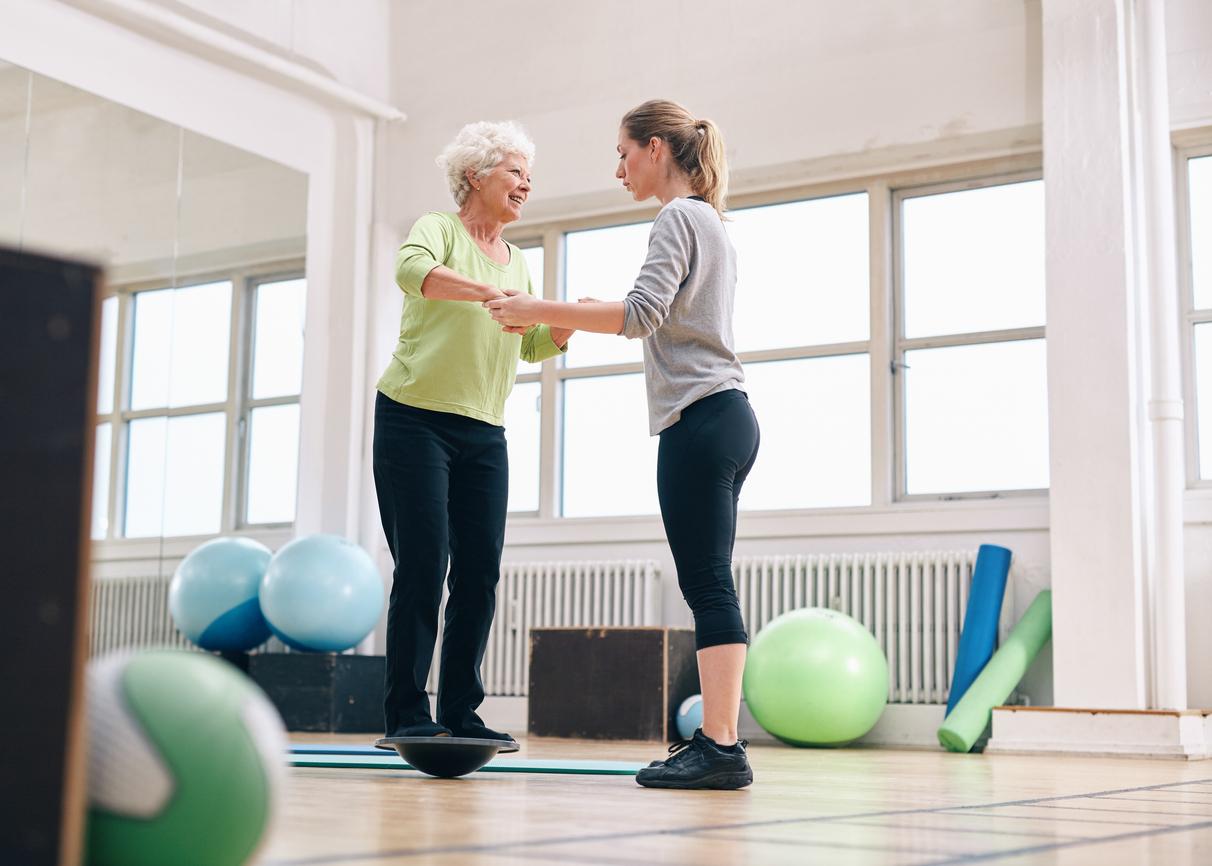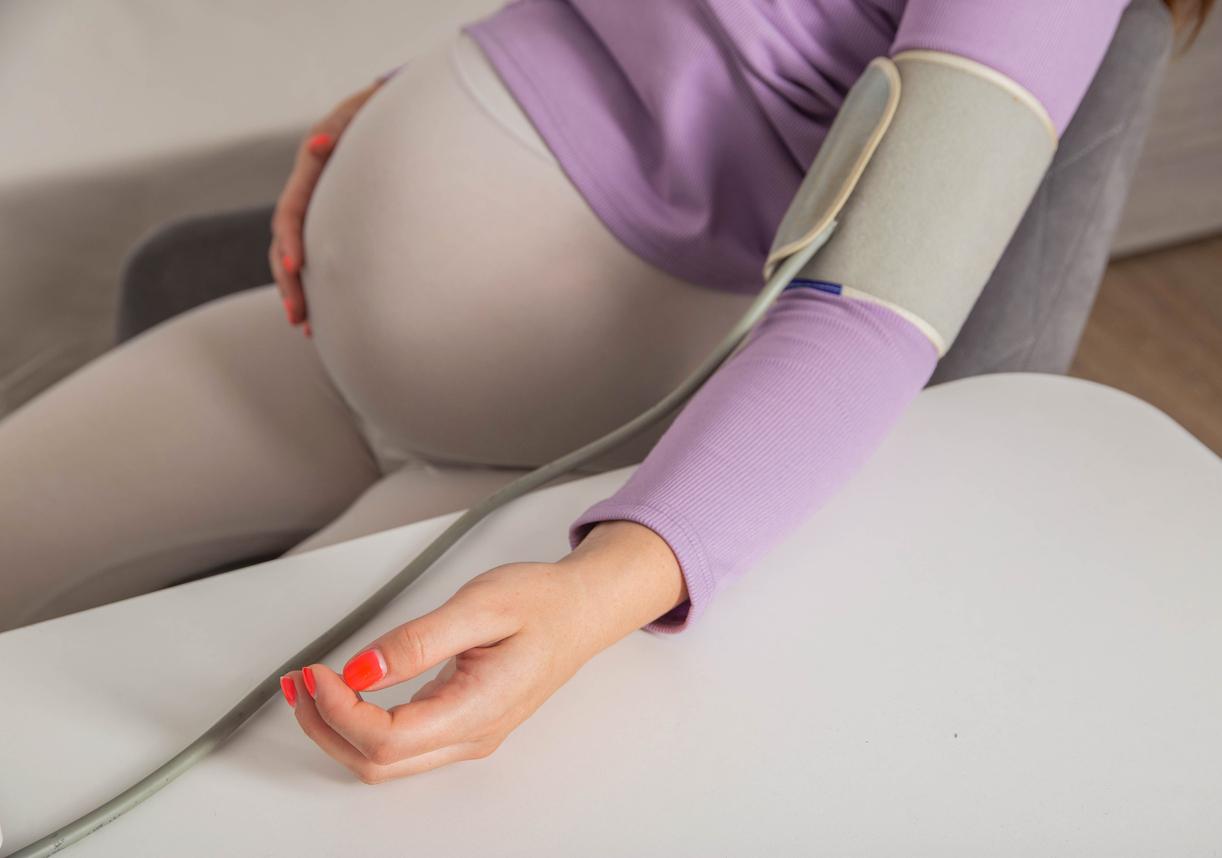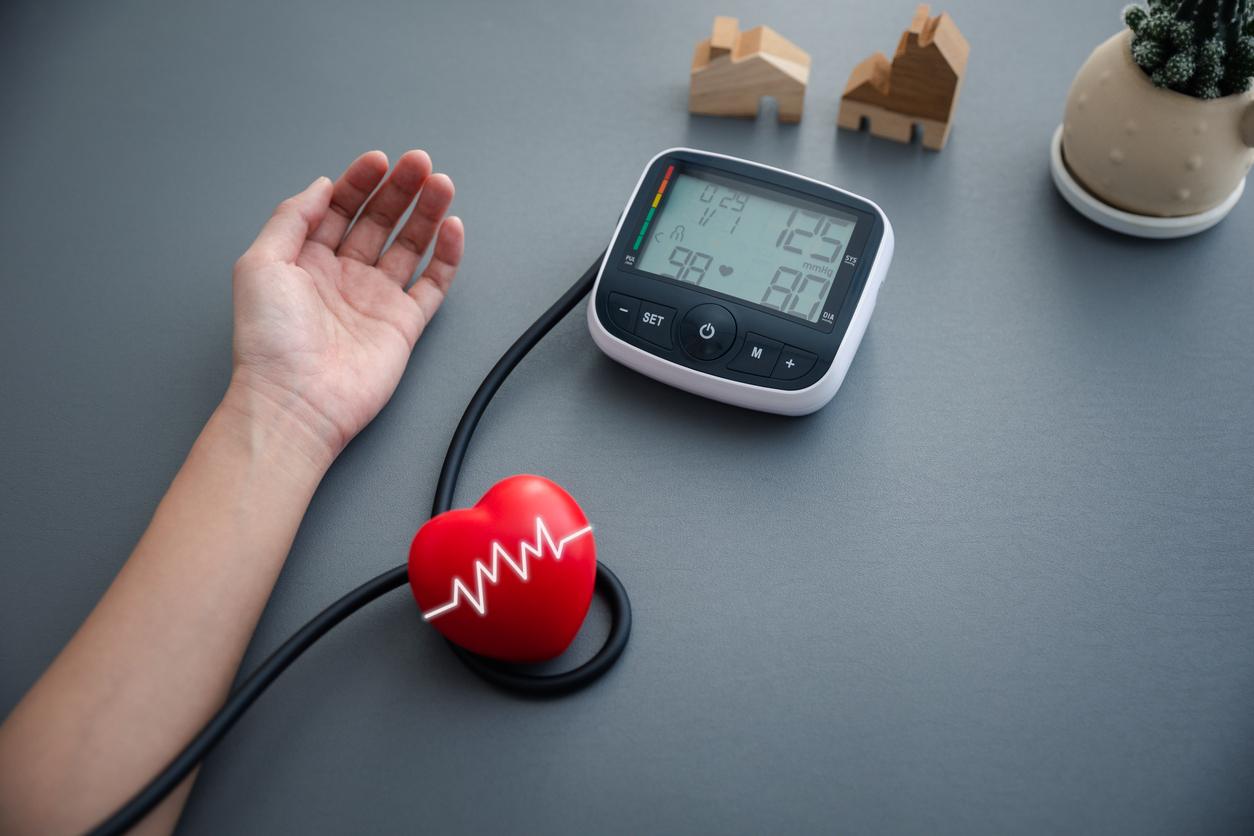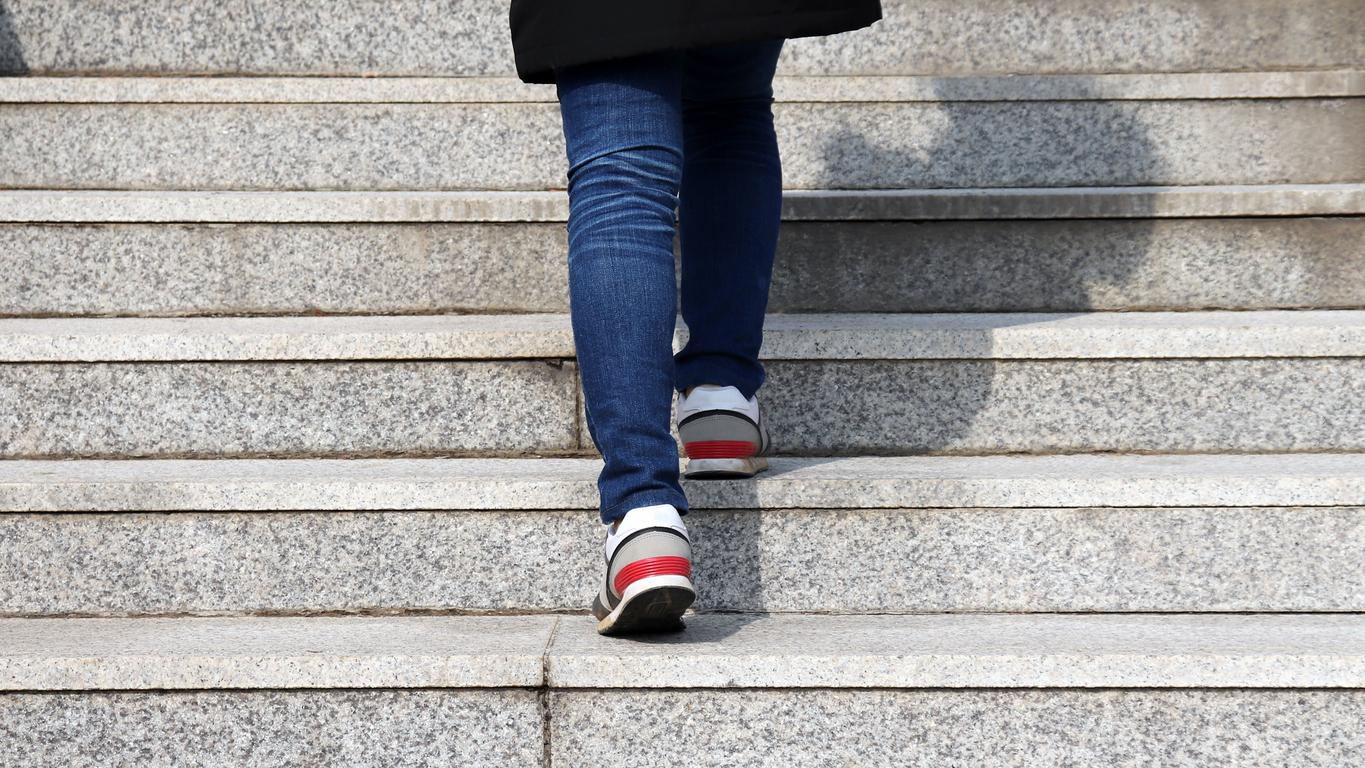Reducing the time spent sitting by thirty-one minutes a day reduces blood pressure in older adults, a new study suggests.

- According to a study, reducing the time spent sitting reduces blood pressure in older adults.
- Participants reduced their time spent sitting by approximately 31 minutes per day.
- The researchers observed a decrease of 3.5 millimeters of mercury (mmHg) in these participants’ systolic blood pressure.
A sedentary lifestyle is a major risk factor for non-communicable diseases and, according to the World Health Organization (WHO), it constitutes the fourth leading cause of premature death in the world.
Link between sedentary lifestyle and blood pressure
Among the non-communicable diseases there is high blood pressure. Thus, researchers studied the link between a sedentary lifestyle and blood pressure in elderly people and, more precisely, the impact that a daily reduction in the time spent sitting could have. Their work was published in the journal JAMA Network Open.
To do this, the researchers followed 283 people aged 60 to 89, who were very sedentary and whose body mass index (BMI) was between 30 and 50, i.e. suffering from moderate, severe or massive obesity.
Of these participants, 147, or 51.9%, had been diagnosed with high blood pressure and 97, or 69.3%, were taking at least one antihypertensive medication to treat high blood pressure. For six months, they received a standing desk, an activity tracker and 10 health coaching sessions to reduce their time spent sitting.
A reduction of 3.5 millimeters of mercury in systolic blood pressure
Results: Study participants reduced their time spent sitting by just over 31 minutes, which resulted in a decrease in their systolic blood pressure of almost 3.5 millimeters of mercury (mmHg).
According to the National Institute of Health and Medical Research (Inserm), we speak of arterial hypertension when one or the other of these values, measured at rest, is higher than normal values: 140 mmHg for systolic pressure and 90mmHg for diastolic pressure.
Sitting less therefore reduces systolic blood pressure, according to this study, by as little as 31 minutes per day! “Our results are promising because spending less time sitting may be easier for people than increasing physical activity, especially for older adults who are more likely to have chronic pain or reduced physical abilities.“, explains Dori Rosenberg, principal investigator of the study, in a communicated.
According to another studyreproduced on the website of WHOreducing systolic blood pressure by 5 mmHg can reduce mortality from stroke by 14% and mortality from coronary heart disease by 9%.


















